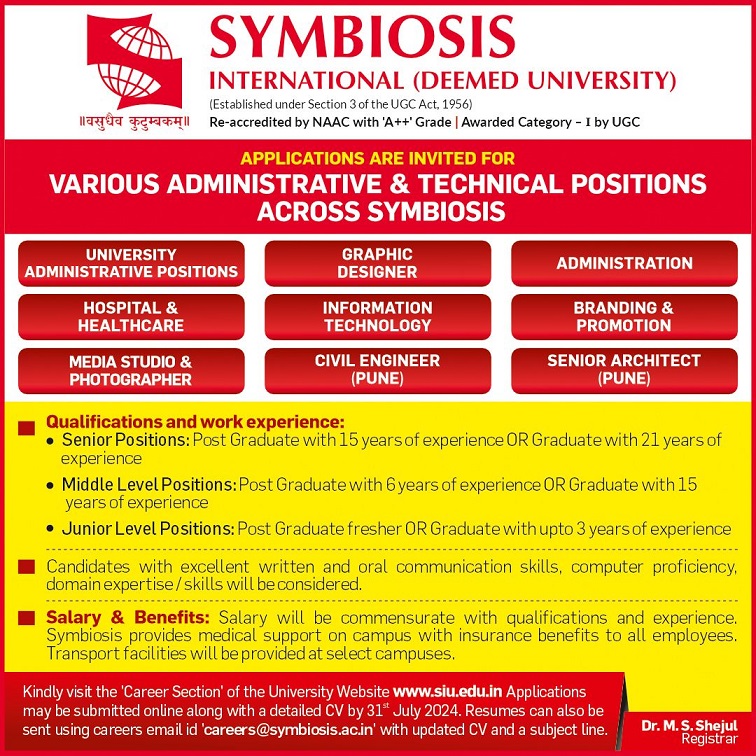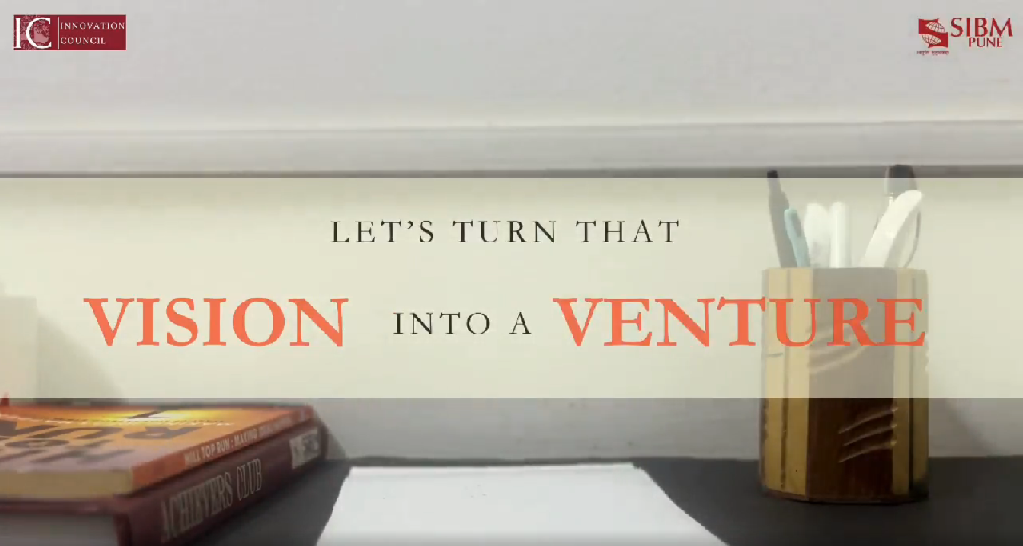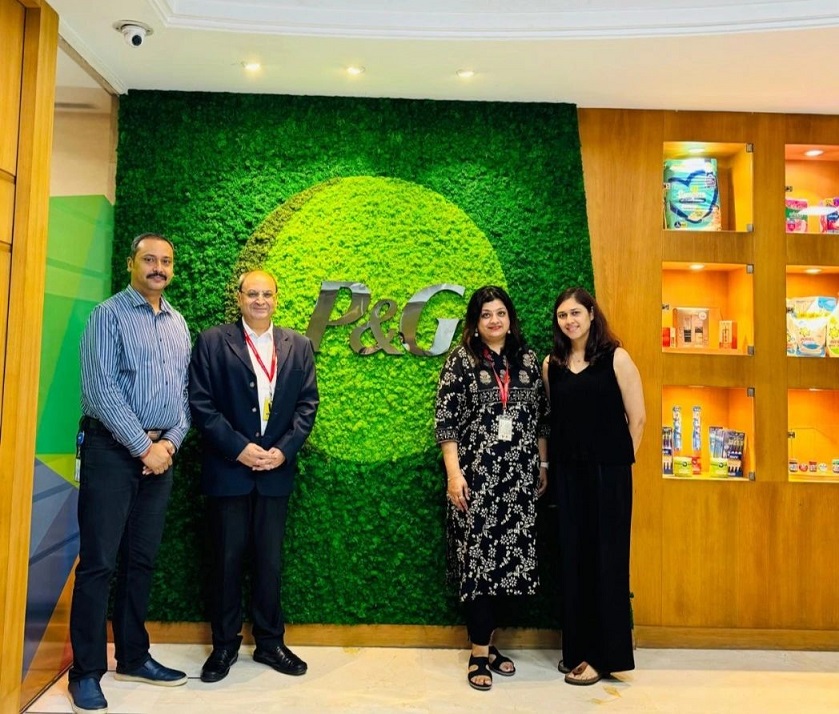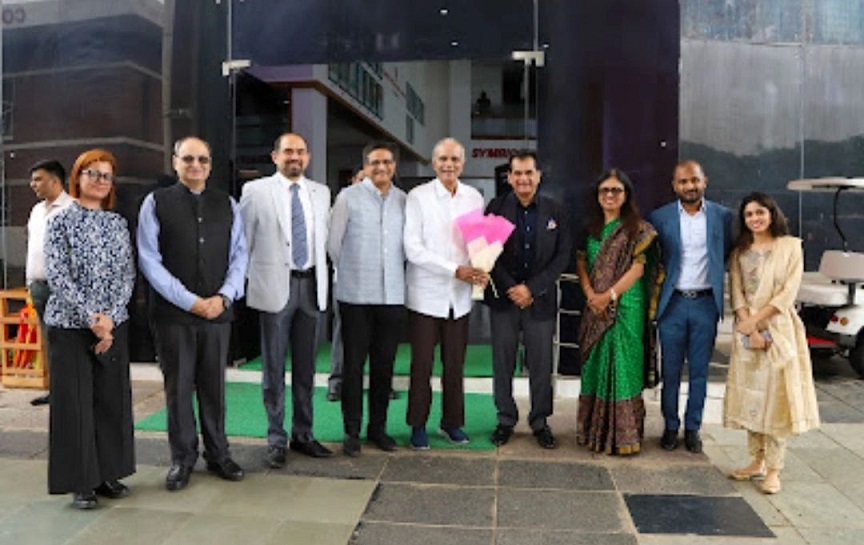Pursuit of Phygital Business: Rise of Click & Brick

Businesses today have become smarter and pro-active with time. They understand their customers’ pain points and convenience before they may switch allegiances to their competitors. This is rather a very interesting time to be in the retail sector where the lines across distribution channels are blurring. Just a few years ago, e-commerce was booming in India all across and every other business seemed to join the .com bandwagon. But given the complexity of the Indian market(s) and diaspora of end-consumers, even businesses that started totally online are now expanding their offline presence continually.
The hybrid business model of newer businesses aims to maximize their profitability by leveraging the pros of both models. This can be seen across the service or product based industry. As a customer, anyone is smart enough to buy goods from both offline and online channel. A consumer’s buying decision is based on product type, availability, sense of urgency and market competition. Some of the examples of click & brick businesses are illustrated below:
Brands have realized that customers especially millennials do expect a variety of products required infused with an immersive and intuitive experience while they are on a shopping spree. It was ironic to see Amazon opening up a physical retail book store in New York City and a dozen more stores as a part of its expansion across the US. Such stores are also aimed to demonstrate its in-house product range – gadgets like Kindle, Echo, Alexa or a TV Fire Sticks. A brick & mortar book store works as perfect bait for Amazon to acquire consumers without them realizing that they came looking primarily for books. But they return with memory and possibly a successful product demo.
Source: SpencerPlatt/Getty Images*
Many such ‘Digital-First’ brands have expanded or planning to expand in the offline space (O2O – Online to Offline) to capture customer-base who prefers to gain the best of both the worlds: The objective is to create a flawless Phygital (Physical + Digital) experience for them. Eventually, customer emerges as the biggest winner.
- Lenskart – Omni-channel business model to maximize profitability and enhance the customer experience by adding 250 franchisee stores every year
- Xiaomi – Diversified from a niche & exclusively online electronics brand to a lifestyle brand by entering into multiple categories of products (luggage, air purifier, e-vehicle) sold at their offline stores called MI Home Store
Source: Timesnownews.com*
- Amazon Go – Aims to open fully automated 3,000 hi-tech brick & mortar stores in next three years
- Pepperfry – High engagement with the customer by being platform agnostic
- YepMe, Myntra, Nyka – Fashion and accessory brands are rapidly growing their physical footprint in top metro cities
Source: Fishsensedq.com*
The future of retail in India is not limited to any one channel to sell. Brands are hungrier than ever to take on untapped or underpenetrated markets such that they’re making their products available across online channels as well. The transition of O2O is not limited to online-to-offline but various offline brands have also expanded their operations online:
- Walmart – Acquired 77% stake in leading e-commerce company -Flipkart for $16 Billion to compete with Amazon head-to-head in the most promising market across the globe
- Future group – India’s largest listed retailer is soon launching a website for Brand Factory in 2019 and is also in talks with a strategic alliance with Amazon as a countermeasure to Flipkart’s acquisition by Walmart
- Future group has also acquired a 9% stake in Koovs to sell 30 of its leading fashion brands online by leveraging this e-commerce platform
- Amazon – Bought 5% stake in Shoppers Stop to ensure exclusive Amazon Experience Centres across its 80 stores in India.
- Alibaba – Partnered with Reliance Retail and with its significant stake in PayTM Mall, it stays strong in the pursuit to capture a pie of Indian retail market
Impact on Indian retail
The amalgamation of established players going digital via alliances or acquisitions or digital start-ups expanding their physical footprint will disrupt businesses with the traditional or myopic approach. It will result in enhanced consumer experience and indicates bright future prospects for the retail industry. The hybrid business model can lead to a reduction in showrooming & webrooming (or cart abandonment), higher brand awareness and recall and better product marketing. Brands which prove better at leveraging technology like an in-store pick-up or check-sizes arrangement, geolocation-based promotions etc. will gain a competitive edge in today’s fiercely competitive Indian retail market.
Final Thoughts
The offline v/s online debate may have settled but businesses have also understood that brick & mortar stores will co-exist in harmony with their e-commerce counterparts. Due to deeper penetration of smart-phones, enhanced internet connectivity along with an evolution of consumer behavior and their overall preferences; both foreign players and Indian retail giants are at the top of their game. Indian retail market continues to attract newer consumers – ones who are clear on what he/she wants. Brands also look forward to leverage technology, analytics and market insights to its best advantage to create loyal consumer ecosystems where the consumer shopping experience is valued across the platforms.
References
- https://www.exchange4media.com/marketing-news/brick-or-click-strategyis-co-existence-the-way-forward-92063.html
- https://yourstory.com/2018/10/blurring-lines-online-offline-reshaping-indian-retail-space/
- https://www.thehansindia.com/posts/index/Indian-Business/2018-05-30/Online-or-offline-or-both-where-is-the-future-of-retail-in-India-heading/385353
- https://www.theguardian.com/business/2016/jan/30/future-of-e-commerce-bricks-and-mortar
- http://gdruk.com/clicks-bricks-future-physical-retail/
About the Author:
- Geetesh Makkar
MBA-I, Marketing, SIBM Pune 2018-2020


















